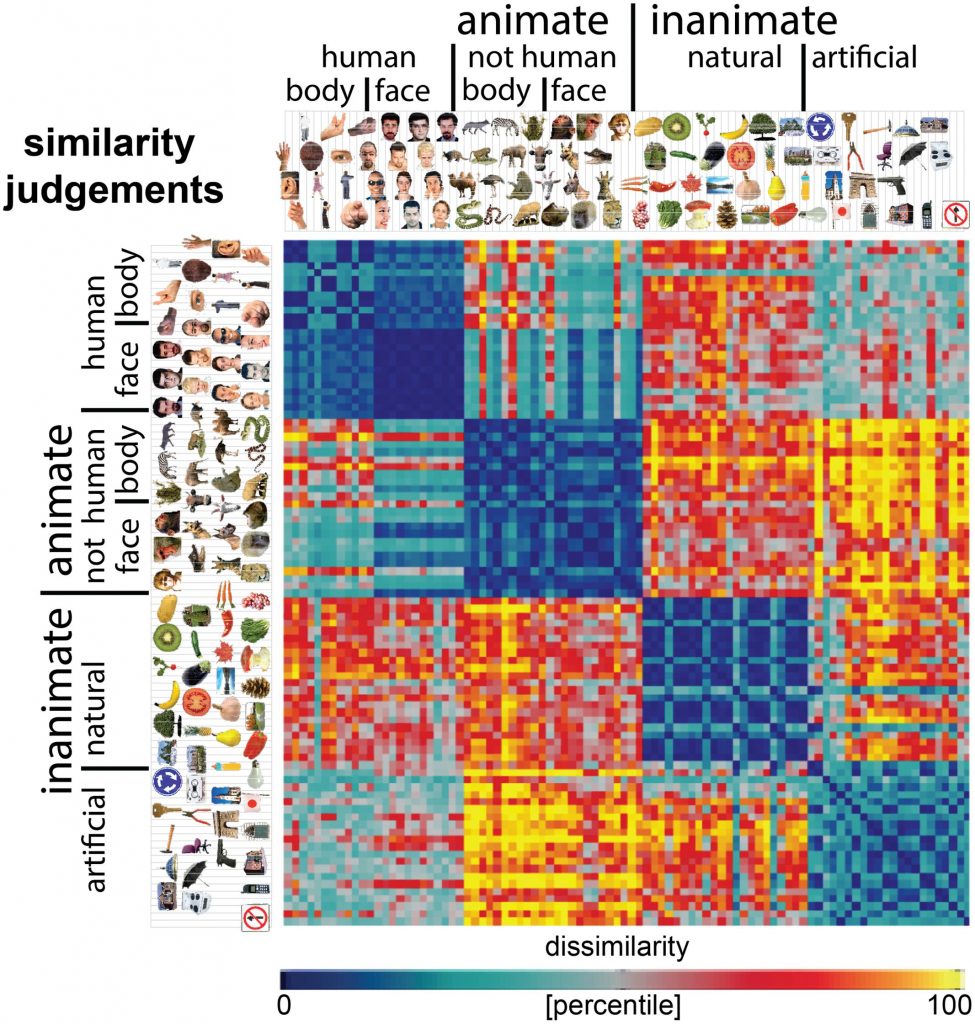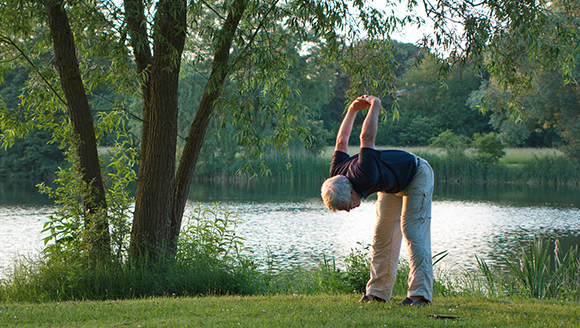Our Dr Pedro Gomes has been researching public employment for nearly fifteen years. He shares why it is so important to understand how the public sector works and the key findings from his research.

Public employment is a significant consideration in any national economy. In developed countries, public employment makes up 15-30 percent of total employment and represents the large majority of government consumption. In the US, for example, the government spends 60 percent more on general government employees than on the purchase of intermediate goods and services.
The public sector also operates according to different rules than the rest of the economy, as governments do not face the same competitive forces, nor have the same objectives as private sector firms.
Considering that the public sector is responsible for delivering many key services in our society, from education to healthcare, it is essential to have a good understanding of how its employment operates. The recent COVID-19 pandemic has again put focus on the importance of having a modern public sector, with an employment force prepared to face difficult, unpredictable and unlikely crises, but its aftermath with high public debt, also puts emphasis on the costs of the public sector workforce.
Below are three of the key findings from my research into this area.
Governments hire disproportionately more educated workers
In the paper Public Employment Redux, my colleagues Pietro Garibaldi, Thepthida Sopraseuth and I explore the phenomenon whereby governments hire more educated workers than the private sector.
We noticed that governments hire very few workers with low qualifications. In the US, for example, one third of workers have a masters or a PhD qualification, and one third of these work for the government. We documented empirical evidence for this education bias in the US, UK, France and Spain.
There are a few different explanations for this trend:
- The government needs more educated workers to provide its highly technical goods and services, such as healthcare, education and the judicial system.
- Higher educated workers take more of a wage penalty to work in the public sector, so are relatively less expensive to hire.
- Public sector jobs that require low qualifications pay more than similar level jobs in the private sector, so they attract workers with more qualifications.
Within our model, we found that the technological skills needed for the public sector was the main driver of the disproportionate representation of educated workers, but that wage setting and excess underemployment explain 12-15 percent of the education bias.
Unlike other sectors, the government is able to set wages more freely, as the cost is financed from tax revenue. If the government chooses to pay very high wages, too many people will choose a skilled role in the public sector as their first choice. However, if wages are too low, too few workers will want to join the government.
In reality, a balance is needed, so the government can always attract the workers it needs, without leading to underemployment in the public sector.
Nepotism in hiring practices allows friends and family to ‘jump the queue’ for government roles
Public sector hires are often based on nepotism: Scopa (2009) found that the probability of working in the public sector is 44% higher for individuals whose parents also work in the public sector, while Colonnelli et al. (2020) found that politically connected individuals in Brazil enjoy easier access to public sector jobs.
In my research into this topic with Andri Chassamboulli, we suggest that workers can use their connections to find jobs in the public sector faster. We created a search and matching model with private and public sectors to test this theory.
Surprisingly, we encountered some positive side effects to nepotistic practices. Conditional on high public sector wages, our findings suggest that hiring through connections reduces unemployment, as people who do not have connections will instead find roles in the private sector. Conversely, if the government sets the optimal wage possible for the successful running of the public sector, nepotism is reduced.
We conclude, therefore, that nepotism is a symptom of a problem in the public sector, rather than the disease, and the problem is created when wages are set too high.
Women prefer working in the public sector
In most countries, the public sector hires disproportionately more women than men. My colleague Zoë Kuehn and I developed a model to try to make sense of this imbalance.
Our findings show that the gender imbalance in the public sector is driven by supply, meaning that women self-select to work in the public sector more than men. One explanation for this is that the type of job carried out by the government is coincidentally the type of work preferred by women, such as healthcare and education. However, even discounting these sectors, women’s public employment remains 20-25% higher than men.
This remaining imbalance can be explained by the different characteristics of public and private employment. The gender wage gap and working hours are both reduced in the public sector, making this an attractive choice for women who may be factoring family commitments alongside work opportunities in their choice of employment. Alongside reduced working hours, the public sector offers additional benefits such as more sick days, flexible hours and employer-provided childcare, ensuring an overall better work-life balance in the public sector.
Further Information:
- Dr Pedro Gomes
- Workshop on Public Employment organised by Dr Pedro Gomes
- Research in the Department of Economics, Mathematics and Statistics




